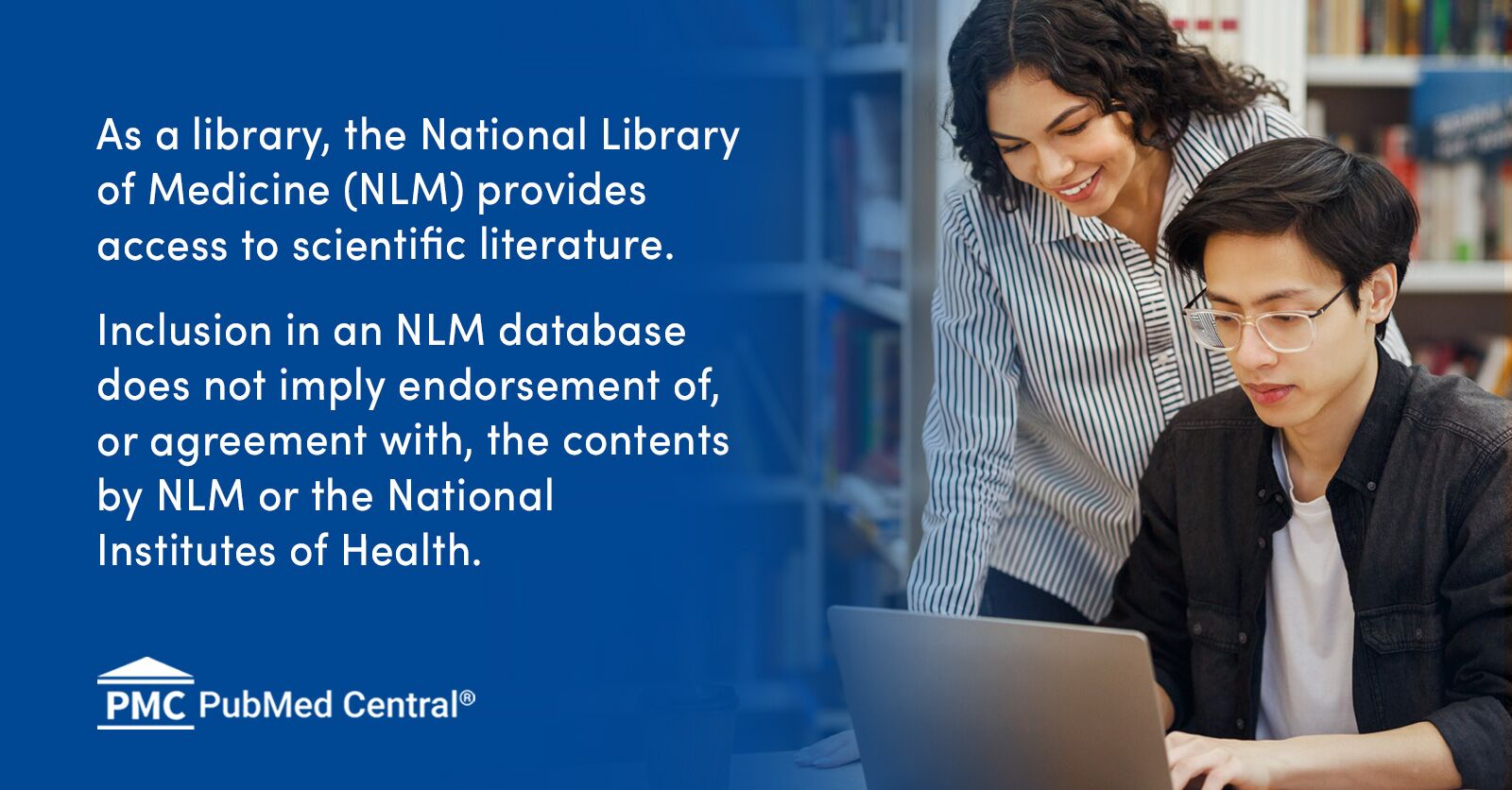
In recent years, there has been a growing concern about the potential health risks associated with the chemicals found in beauty and personal care products. These products, such as makeup, shampoo, and skin lotion, often contain chemical ingredients that lack safety data. This raises questions about the long-term effects of these exposures and whether they can cause harm to our health.
The Presence of Potential Toxicants
Several reports have highlighted the presence of low-level concentrations of potential reproductive or developmental toxicants, particularly phthalates, in cosmetics and personal care products. Phthalates, which are key components in plastics, can be found in nail polish, perfumes, lotions, and hair spray. Surprisingly, their presence is often not noted on labels. The use of these chemicals has come under scrutiny due to their links to male genital birth defects, decreased sperm counts, and altered pregnancy outcomes in animal studies.
Controversial Findings and Conflicting Perspectives
The personal care industry remains confident about the safety of phthalates in their products. They argue that concerns raised by environmental groups are based on high-dose animal testing, while the exposure levels seen in humans are remarkably low. According to industry groups, the amounts of phthalates found in cosmetics and personal care products fall well below the levels shown to cause problems in animals. However, environmental groups argue that although it may be low-level exposure, it is chronic low-level exposure, which can still have adverse effects on our health over time.
Lack of Transparency and Consumer Empowerment
Consumers are left in a difficult position as they cannot make fully informed decisions without knowing the ingredients contained in the products they use. There are industry trade secrets and formulations that are kept from the consumer, preventing them from understanding the potential risks associated with certain products. This lack of transparency hampers the ability of consumers to protect themselves and make healthier choices.
The Path Forward: Consumer Education and Policy Reform
To address these concerns, environmental organizations like Environment California are pushing for policy reforms at the state and federal levels. They aim to introduce a commonsense chemical policy that requires manufacturers to test their chemicals and provide safety data before they are released into the market. Additionally, these organizations advocate for improved labeling practices to ensure consumers have access to accurate and transparent information.
Empowering consumers with knowledge and implementing regulations that prioritize safety and transparency are crucial steps in protecting public health. By highlighting the potential risks associated with chemicals in beauty products, organizations like Environment California hope to foster awareness and drive positive change in the industry.
FAQs
Q: Are all beauty and personal care products potentially harmful?
A: Not all beauty and personal care products are harmful. However, some products may contain chemicals that pose potential risks to our health. It’s important for consumers to be aware of the ingredients in the products they use and make informed choices.
Q: How can consumers protect themselves from potential harm?
A: Consumers can protect themselves by educating themselves about the potential risks associated with certain chemicals and ingredients. Reading labels, conducting research, and opting for products with minimal or no potentially harmful ingredients are some ways to make safer choices.
Q: What can the personal care industry do to address these concerns?
A: The personal care industry can play a significant role in addressing these concerns by improving transparency and providing consumers with accurate information about the ingredients in their products. By prioritizing safety and investing in research and development of safer alternatives, the industry can contribute to a healthier and more informed consumer base.
Conclusion
As consumers, we have the right to know what ingredients are present in the beauty and personal care products we use. Chemical exposures present potential risks to our health, and it is crucial to advocate for policies that prioritize safety, transparency, and consumer empowerment. By staying informed and supporting organizations that work towards these goals, we can make more informed choices and protect our well-being.
For more informative articles like this, visit News Explorer Today.